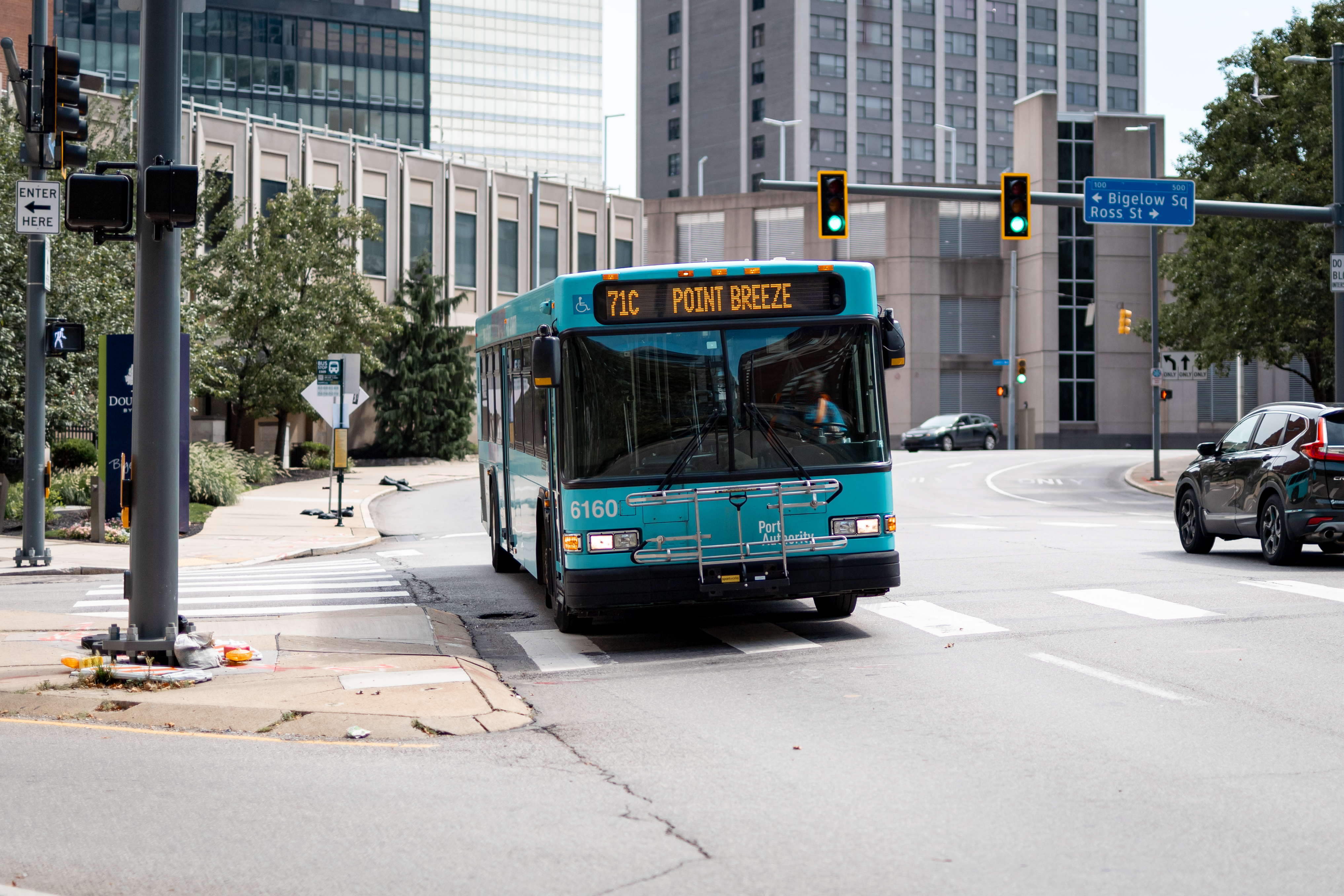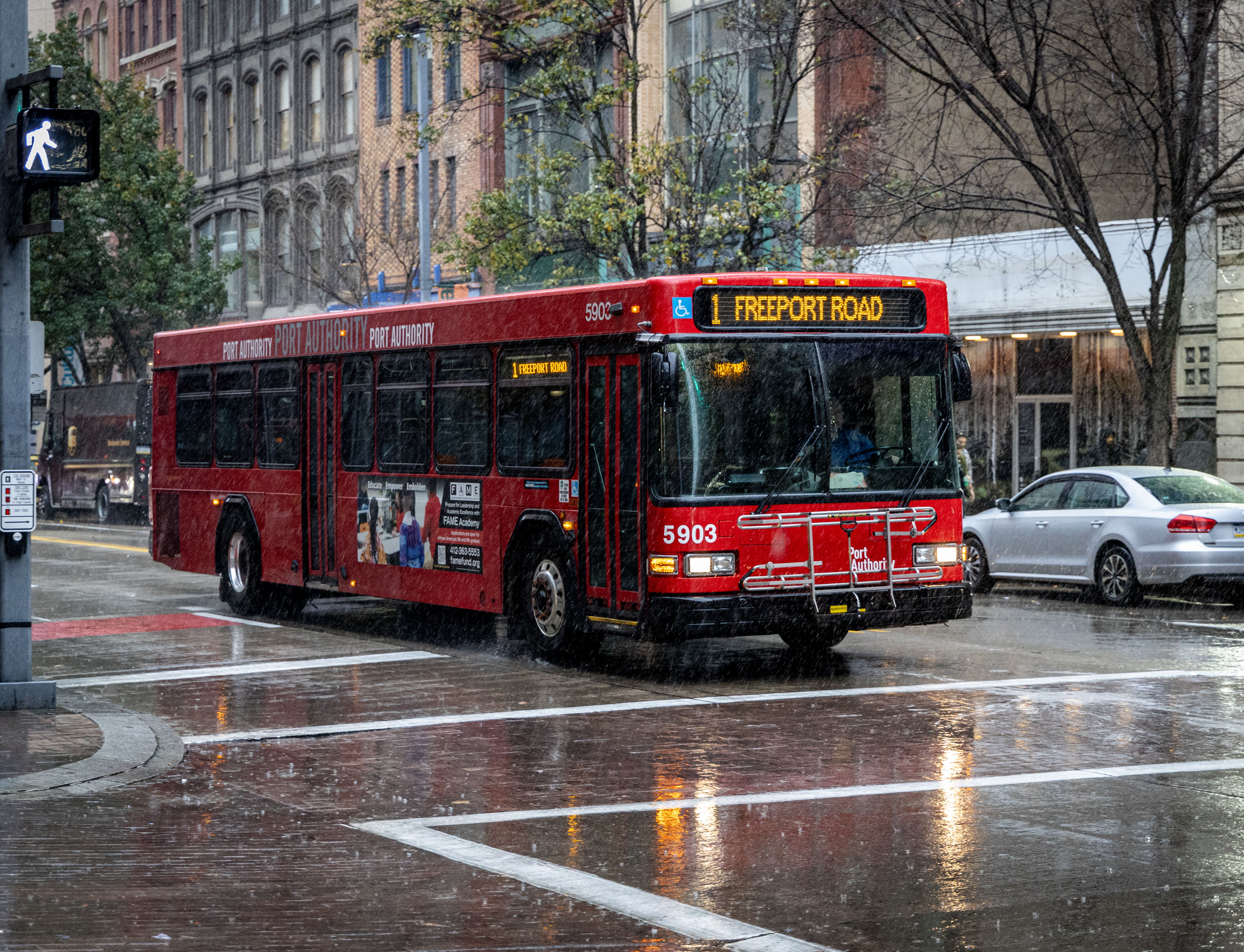The Rhyme and Reason Behind PRT’s Route Names and Numbers
Pittsburgh’s Unique Geography and Lack of a Grid System Made Naming Routes Challenging

Have you ever mixed up the Pittsburgh Regional Transit route numbers and gotten on the wrong bus by mistake? It is an easy mistake to make if you aren’t familiar with the route names and numbers. It may seem difficult to someone unfamiliar with public transit, but there is a reason why those route names and numbers exist.
When the Port Authority of Allegheny County (now known as Pittsburgh Regional Transit) was created in 1964, now known as Pittsburgh Regional Transit, computers weren’t around to help the more than 30 private transit companies in the Pittsburgh area designate route numbers. City[MOU1] planners and engineers used graph paper and pencils to sketch out the routing of public transit, long before images on a computer screen.
Pittsburgh is unique because it isn’t laid out on a grid, which made the route naming a little more difficult than some other major cities. The Pittsburgh Railways Company, the predecessor to the authority, operated streetcar routes within the city and surrounding areas, and when the authority was created the route numbering system was incorporated as well. Once the authority consolidated all those companies, the route designations were also incorporated.

Set up on a geographical counterclockwise wheel starting at the Allegheny River with the number 1 and moving across the service area and back around the circle to 91, those main routes were broken up geographically. All other routes branch off those main designations, with alphabet letters showing which communities are served by which line.
Variants, which only run at specific times of the day or during peak service, also exist with slight changes from their main lines, but just enough to designate a name of their own.
Express routes also make their way into the naming configurations as well as inter-community services.
Prior to 2010, there were 216 routes, with around 400 variants in a spiderweb of a system, which was eventually reduced to 101 routes with minimal variants.
The wheel continues to be modified as routes are lost or created and evolves with the level of service offered.

